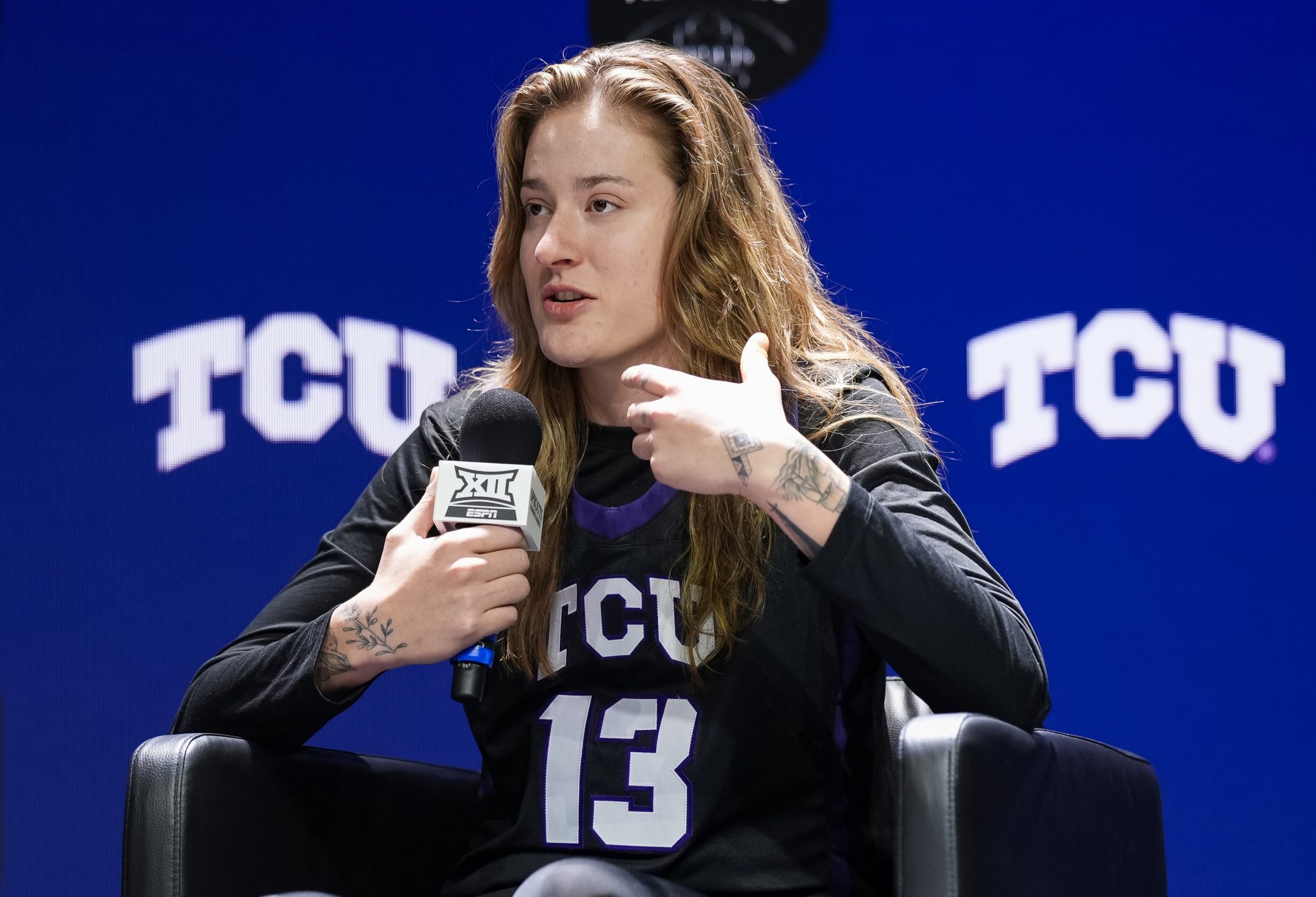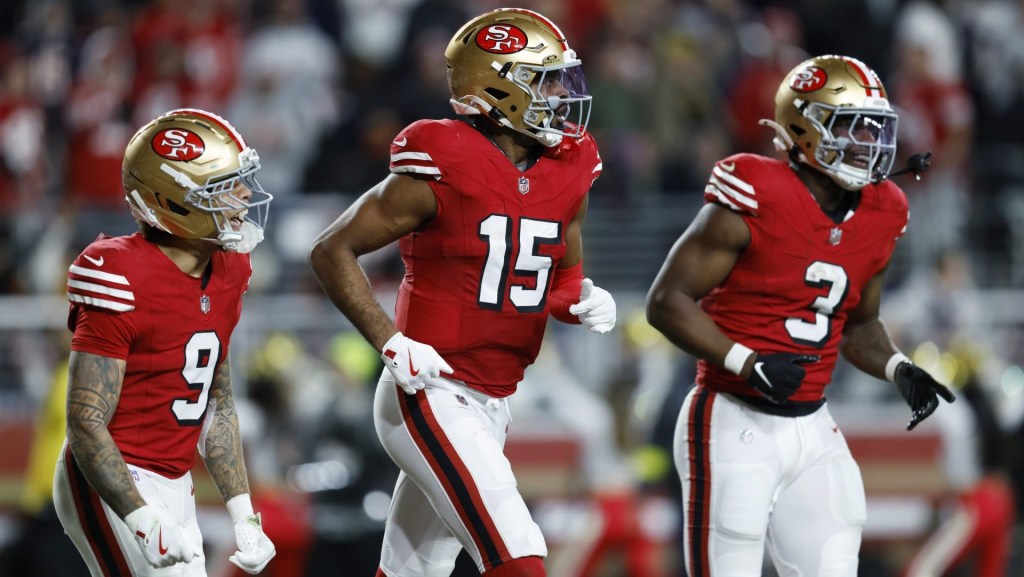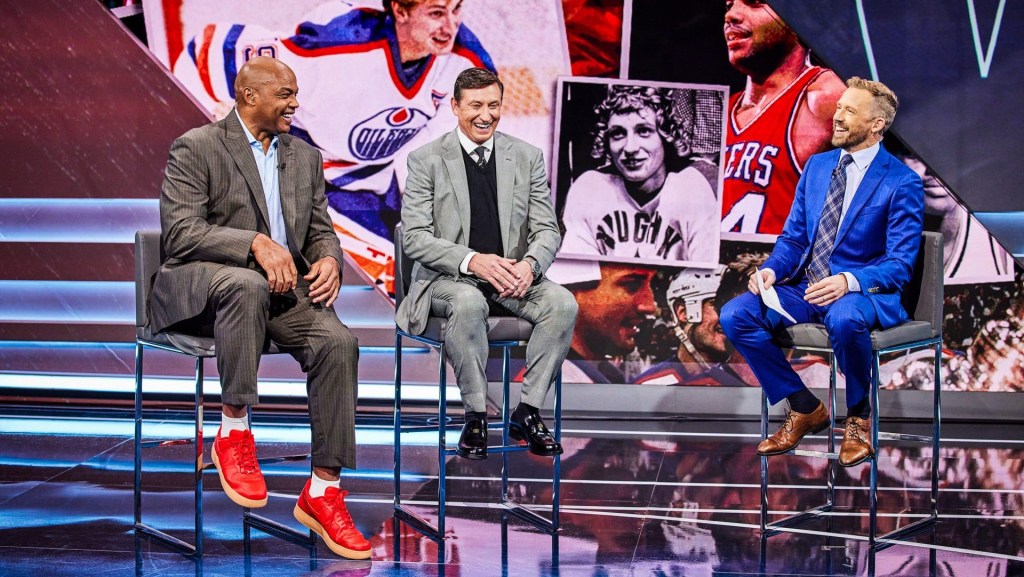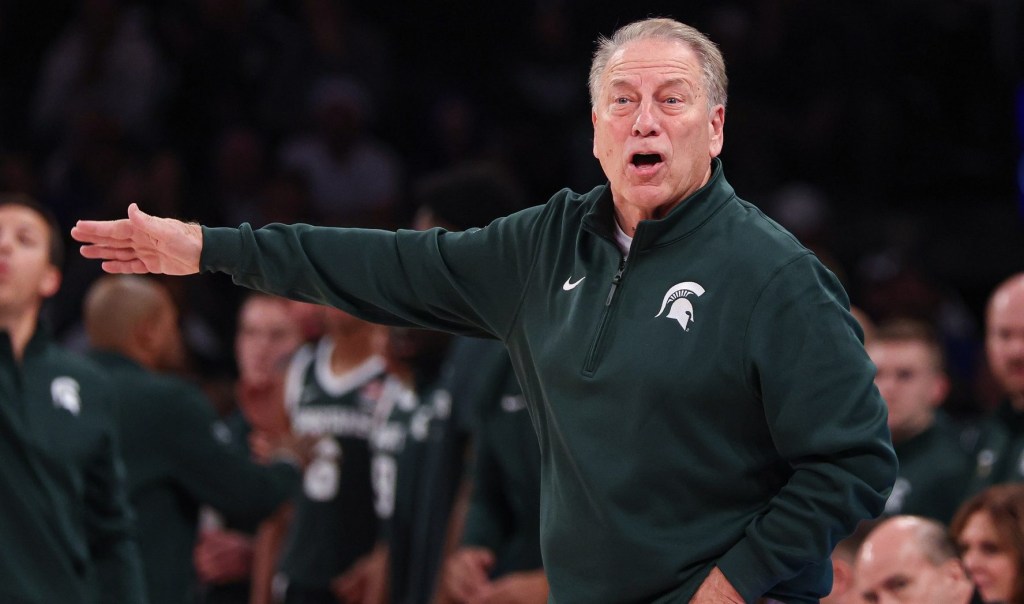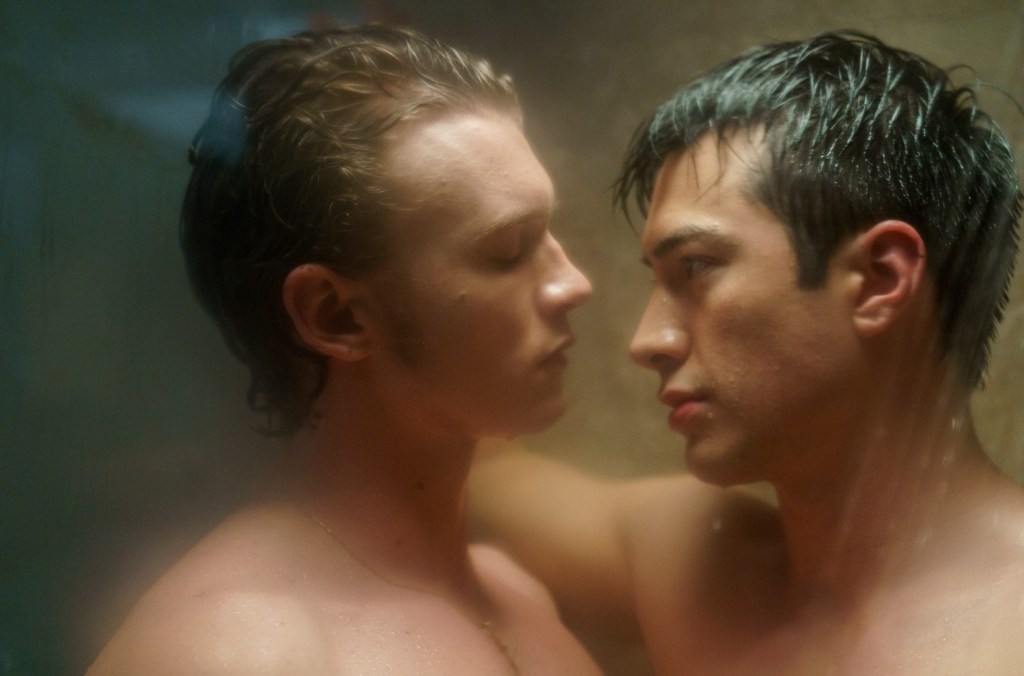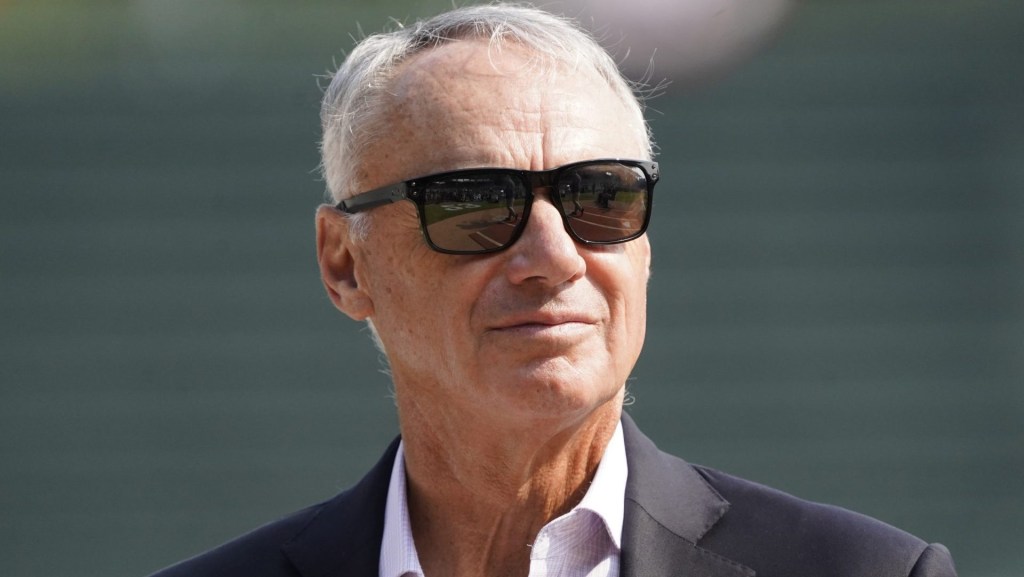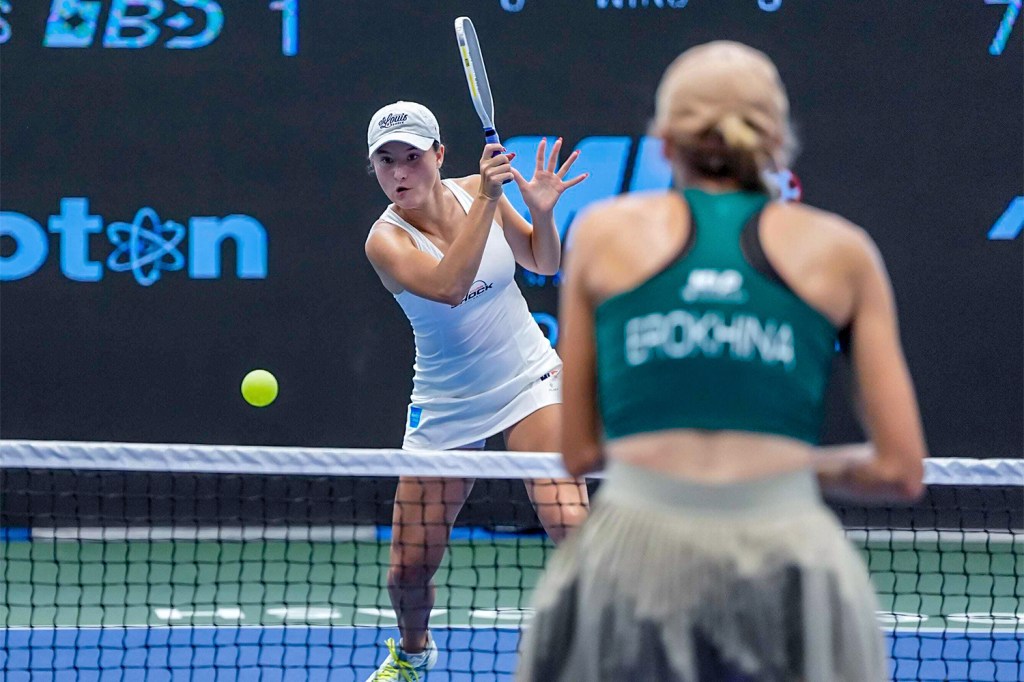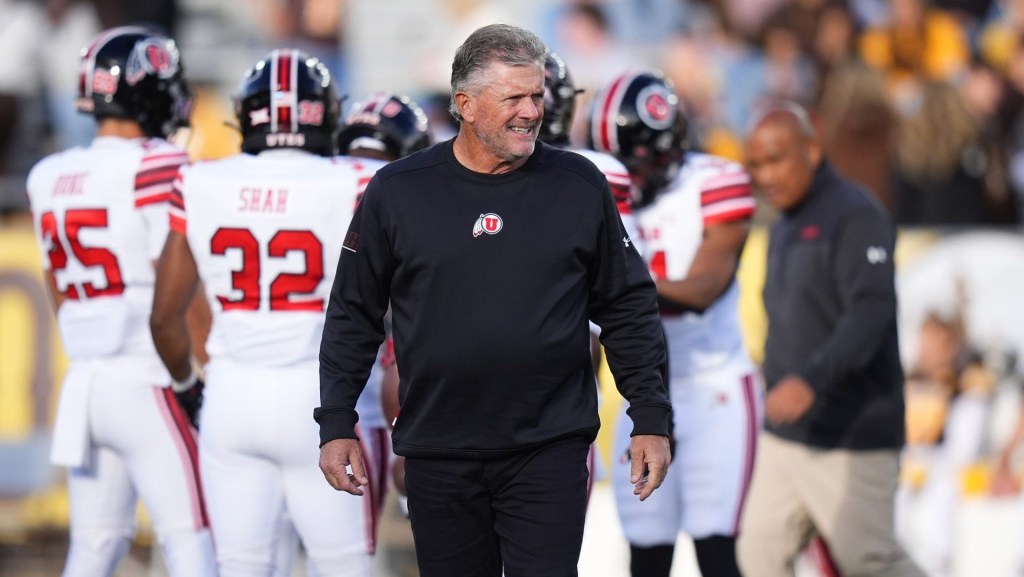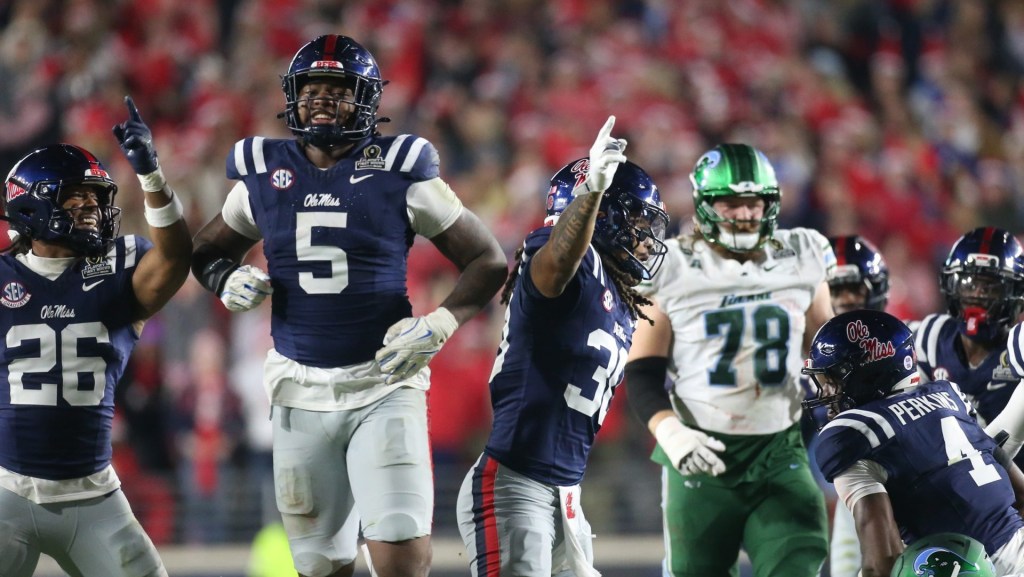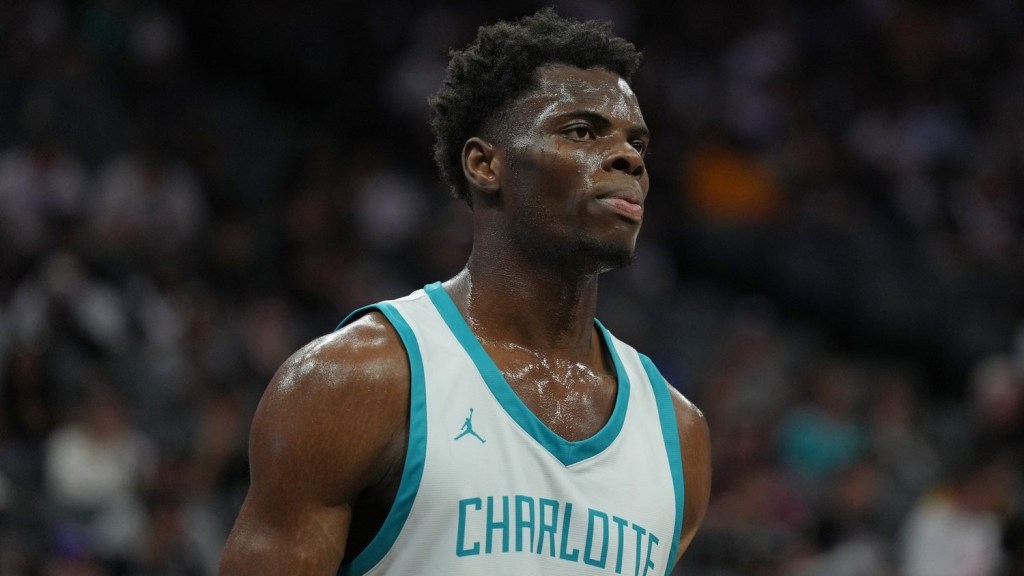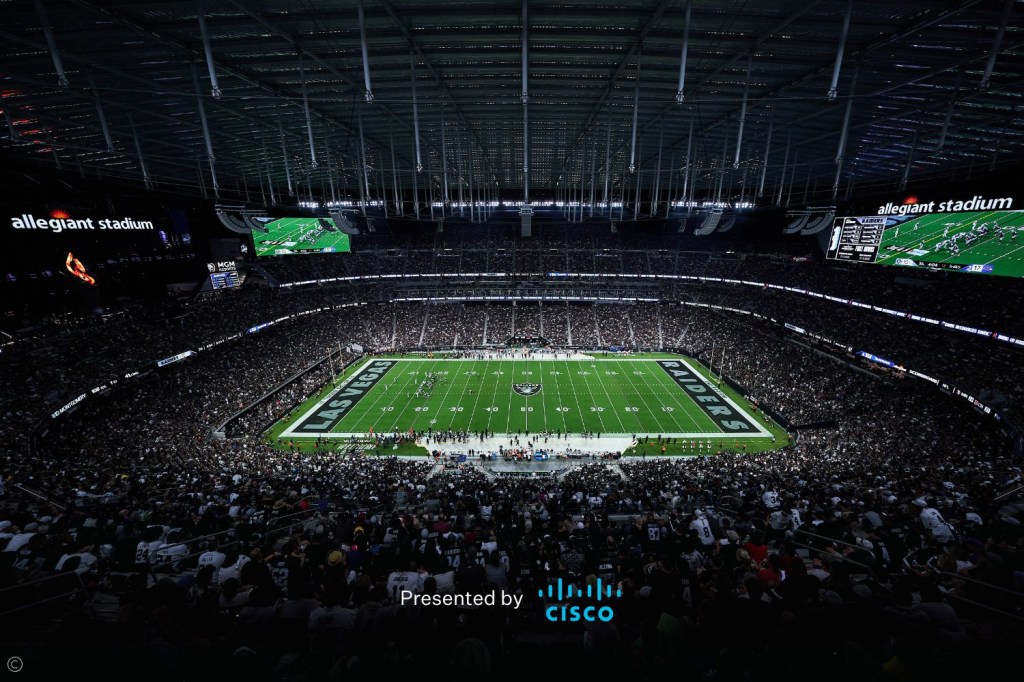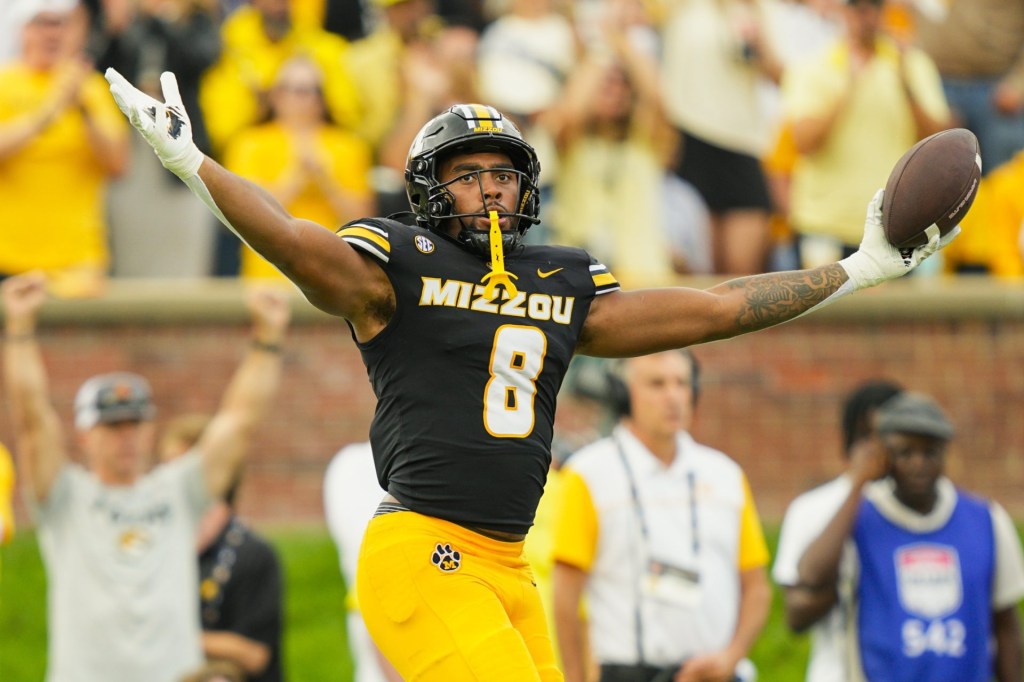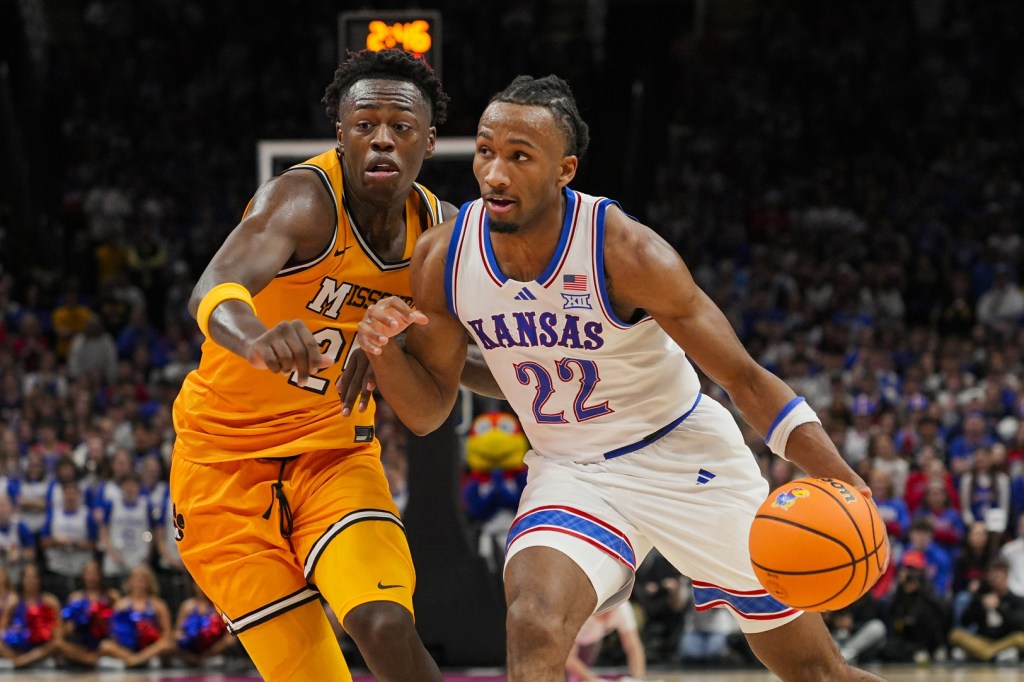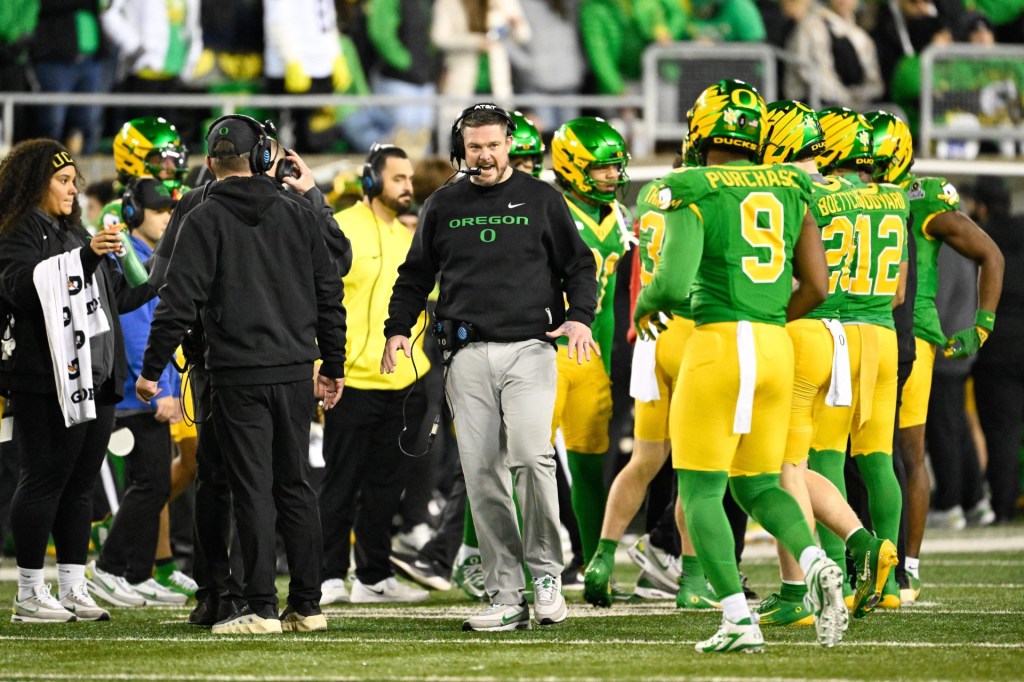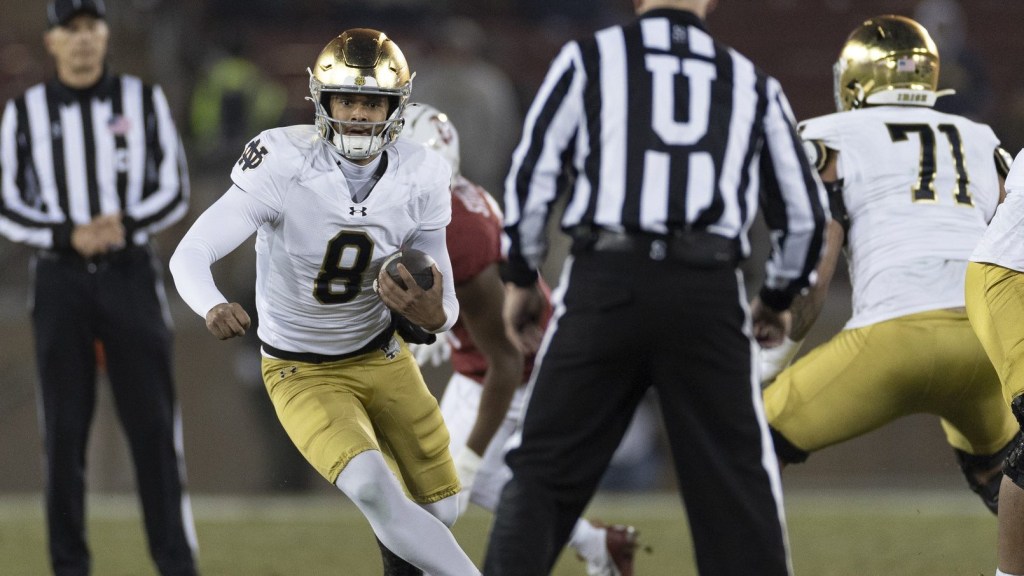The House v. NCAA settlement proposal could allow schools to share millions of dollars in revenue with Division I college athletes starting next year. But for the plaintiffs themselves, that isn’t enough.
On Dec. 2, three class representatives—ASU swimmer Grant House, TCU basketball player Sedona Prince, and Stanford soccer player Nya Harrison—wrote a letter to Northern District of California Judge Claudia Wilken asking to establish a players’ association.
The players praised the settlement terms, but said their own lawyers are “limited in their ability to effectuate the changes we intended to make in college athletics.”
“Without independent, formal representation separate from schools or their affiliates, athletes will inevitably remain in a vulnerable position, perpetuating the cycle of inequity and paving the way for continued litigation,” the players wrote in the letter, which was shared by athlete advocacy group Athletes.org with Front Office Sports on Tuesday.
The settlement proposal, which combines three class-action lawsuits against the NCAA and Power 5 conferences, is up for final approval in April. It would award $2.8 billion in damages to players who couldn’t earn money for NIL (name, image, and likeness) deals before 2021. It would allow every D-I school to share a portion of revenue with all its players—a sum that will begin at $20.5 million and increase annually over the next 10 years.
But the settlement could also be a way to halt the athletes’ rights movement from going any further. It provides restrictions, like a clearinghouse that could prohibit NIL deals with collectives or boosters are seen as “pay-for-play” and outside “fair-market value.” And the NCAA and conferences have said they intend to ask Congress to codify the settlement, as well as add a provision that athletes aren’t employees—and therefore can’t form a union or collectively bargain like their professional counterparts.
The players suggested Athletes.org, one of several groups attempting to organize college athletes, be used to form their association. More than 4,000 athletes have signed up to work with AO, which has chapters across the country and has begun helping athletes with NIL contracts and verifying agents, according to the letter.
It’s unclear how Judge Wilken could create a players’ organization on her own, besides requiring it as part of the terms of the settlement. It’s also unclear whether this organization could be considered a formal union, given that athletes aren’t currently classified as employees. That’s likely part of the reason the letter doesn’t call for a formal union, opting for the word “association” instead.
There are currently three cases—one in federal court and two at the National Labor Relations Board—attempting to classify athletes as employees. But clearly, players don’t want to wait for those decisions. “While the proposed settlement is a significant step forward, there still remains a critical need for structural changes to protect athletes and to prevent the failures of the past,” they wrote.
